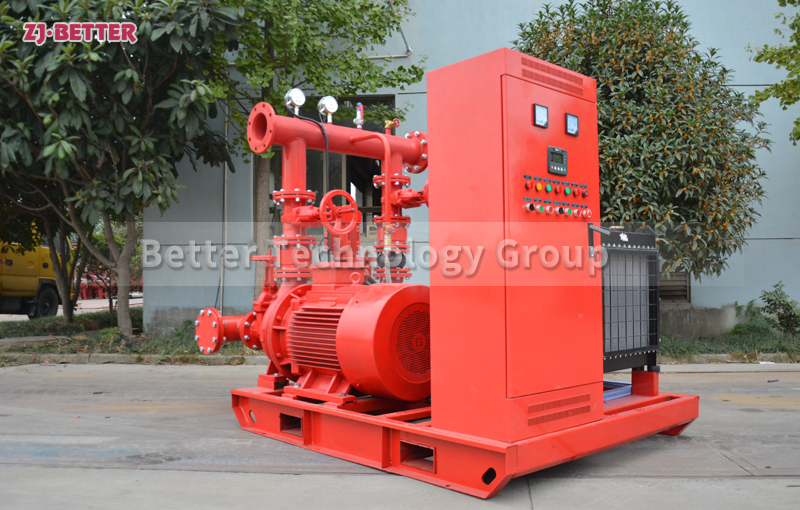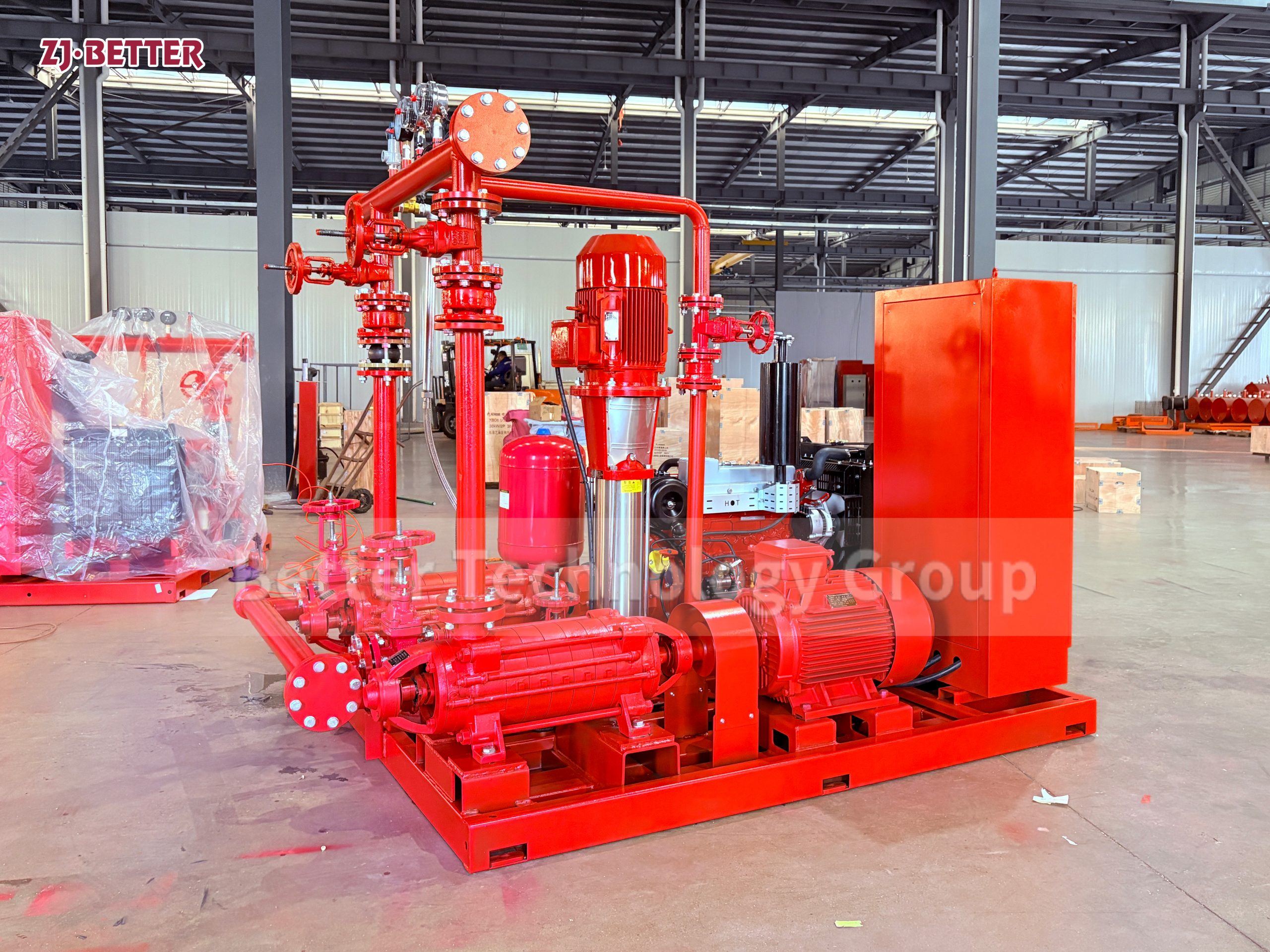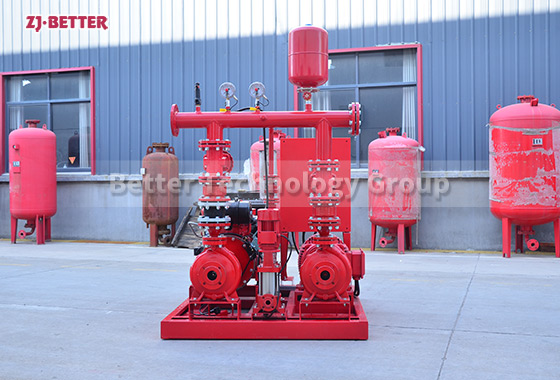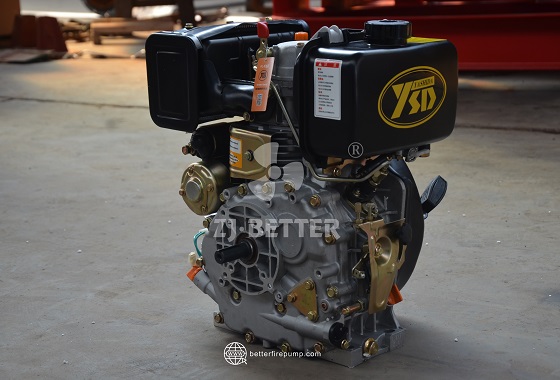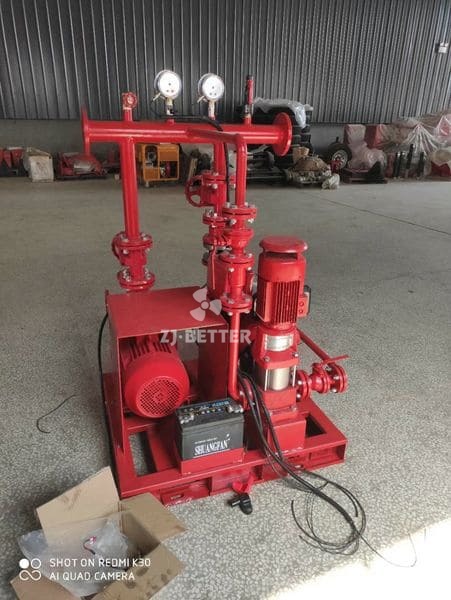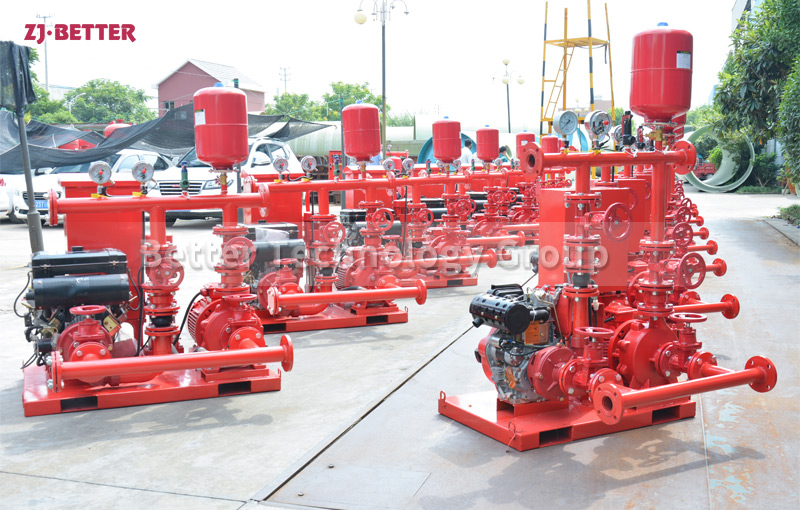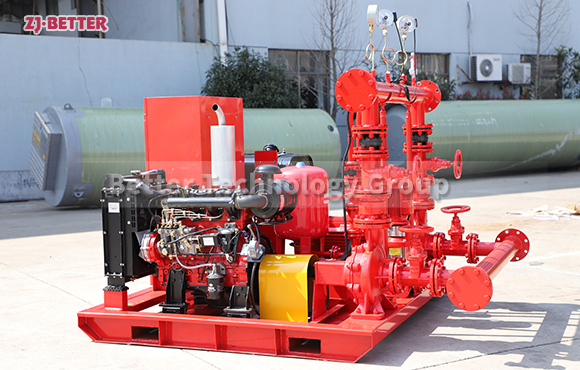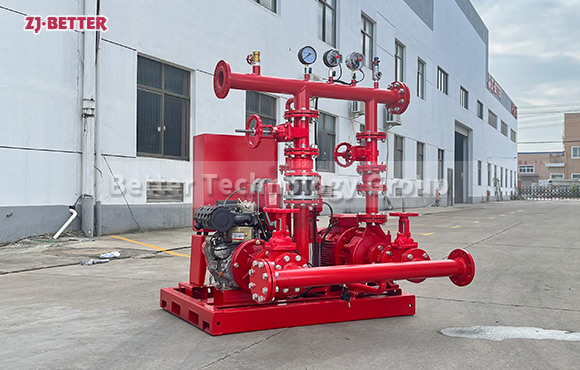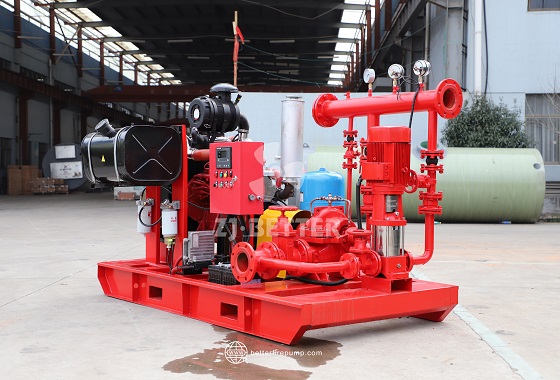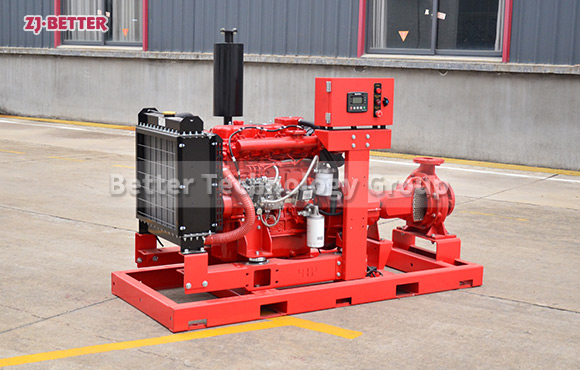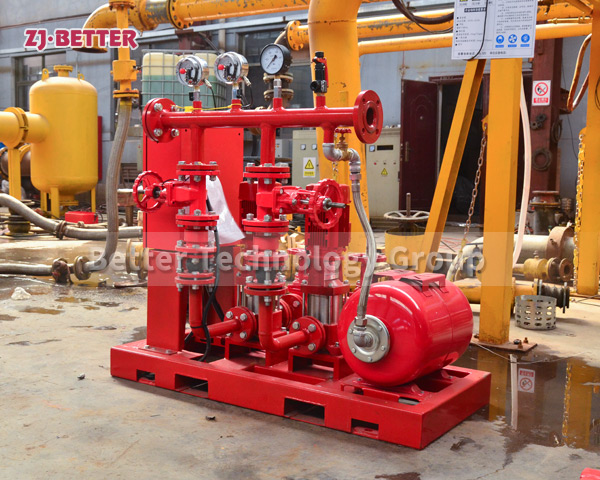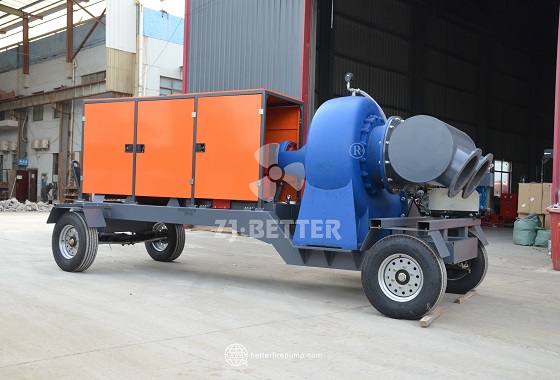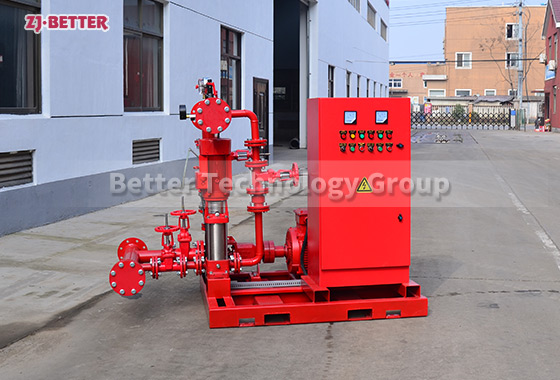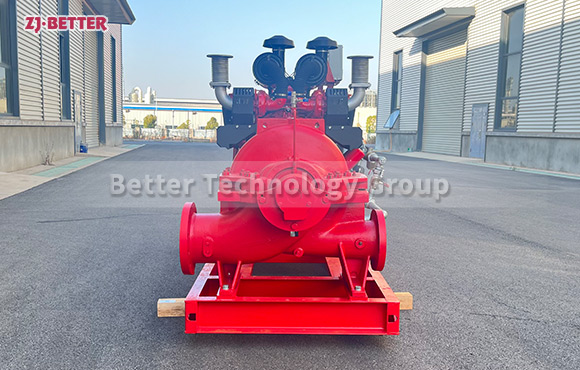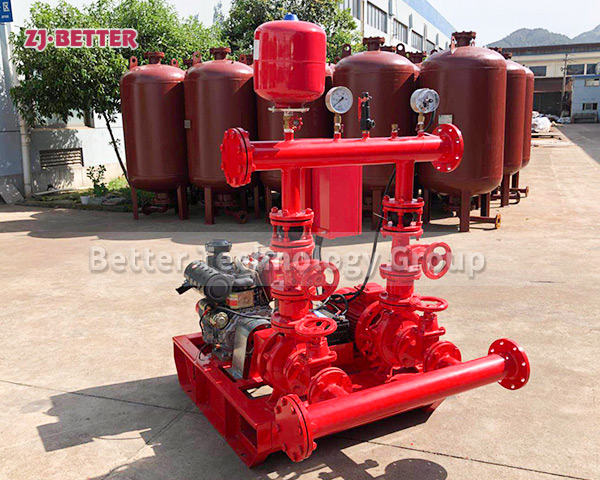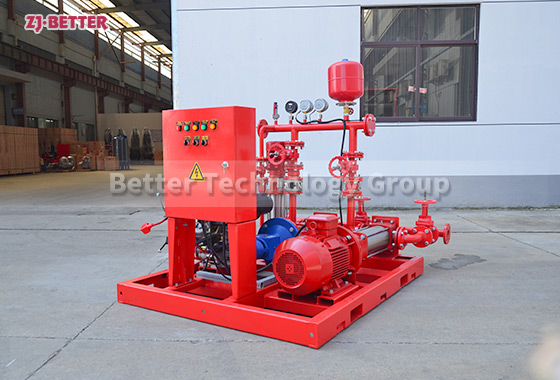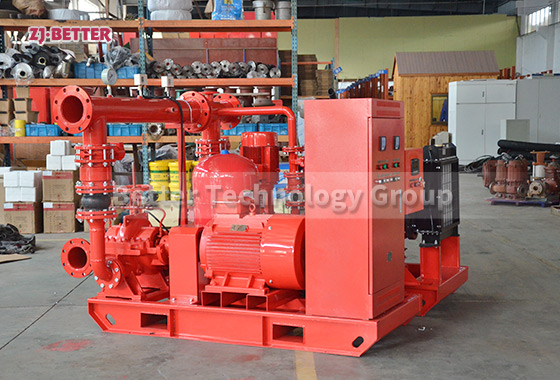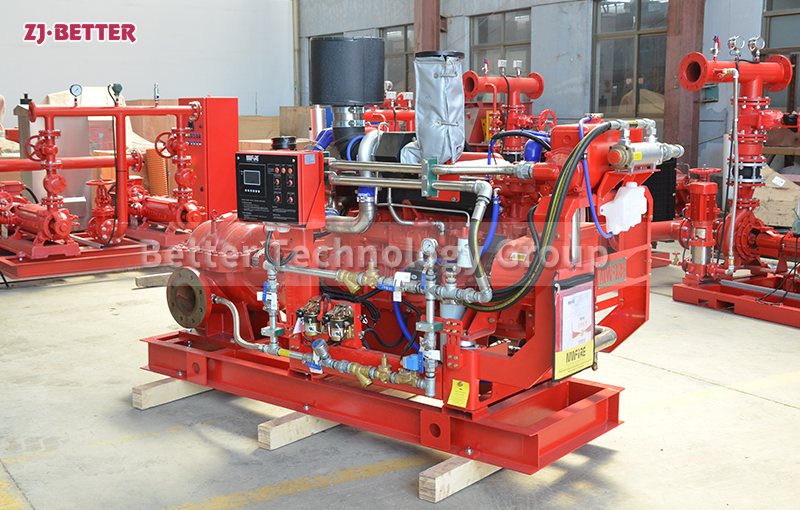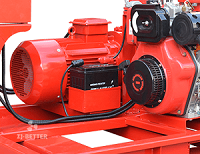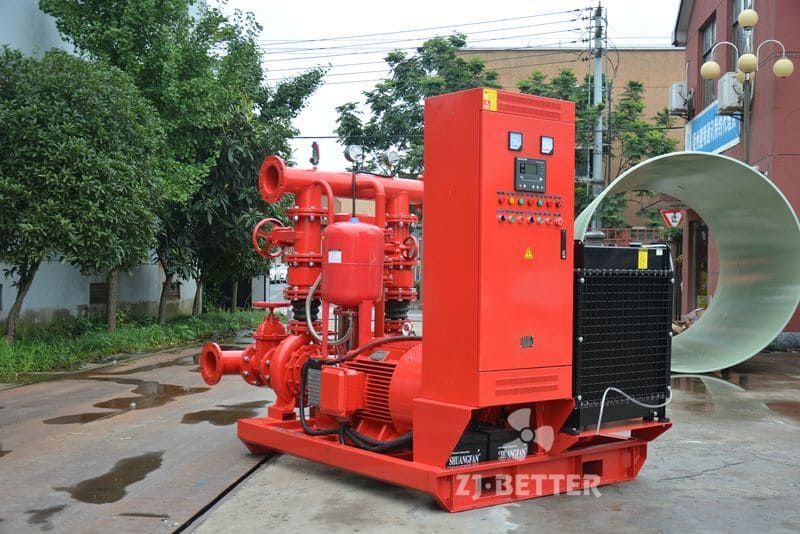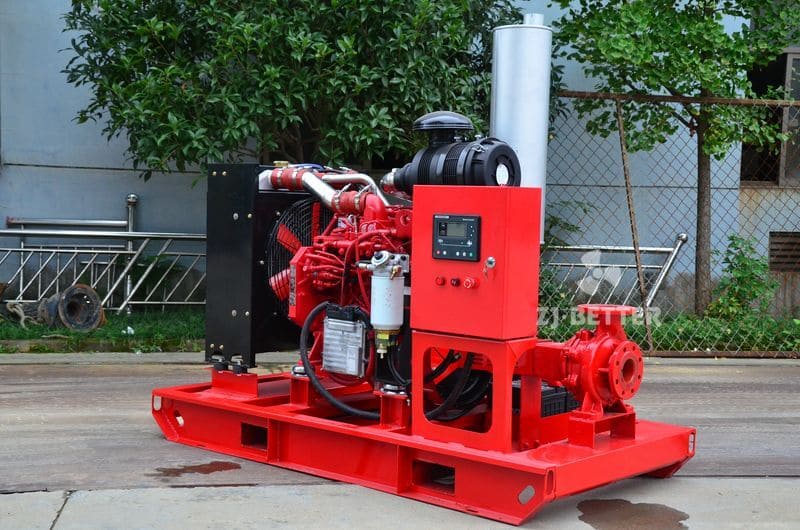Main features of diesel engine automation control cabinet
Due to its stable performance and high frequency of use, diesel engine fire pumps can be matched with various domestic and foreign brands of diesel engines according to user needs, and can be selected according to the required head, flow, power and fire pump material requirements to ensure stable use by customers. Diesel engine fire pumps operate automatically It is simple, adopts good hydraulic design and structural design, and has high operating efficiency. It is very suitable for applications in warehouses, docks, power plants, textiles and other enterprises.
Main features of diesel engine automation control cabinet:
1. Automatic start: After the diesel water pump unit receives a fire alarm/pipe network pressure/power failure/or other start signals, it can automatically start within 15 seconds and put into full-load operation;
2. Automatic charging: the battery can be automatically charged by the mains or diesel charging motor to ensure the smooth start of the unit;
3. Automatic alarm: automatic alarm protection for diesel engine low oil pressure, high water temperature and other faults, alarm and stop when overspeed;
4. Automatic preheating: make the diesel engine in a hot engine standby state to ensure emergency work.

